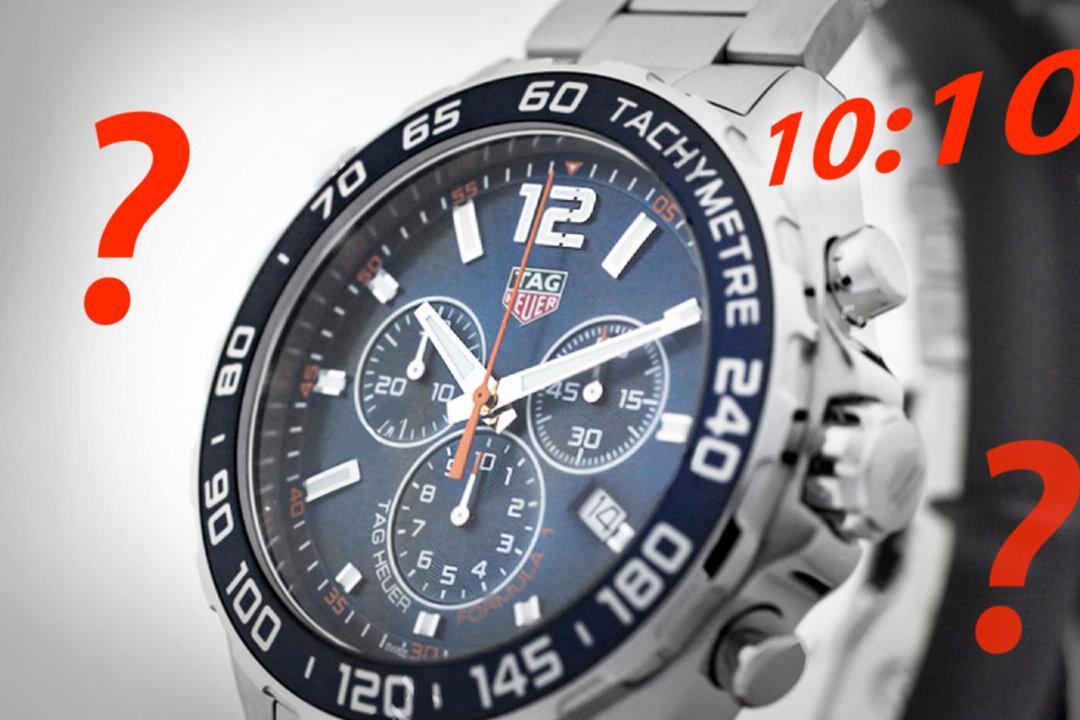Way back in time, before glossy magazines were overshadowed by the web, fancy watch advertisements often showed their hands pointing to a particular time: 10:10.
Why 10:10 you ask?

Way back in time, before glossy magazines were overshadowed by the web, fancy watch advertisements often showed their hands pointing to a particular time: 10:10.
Why 10:10 you ask?